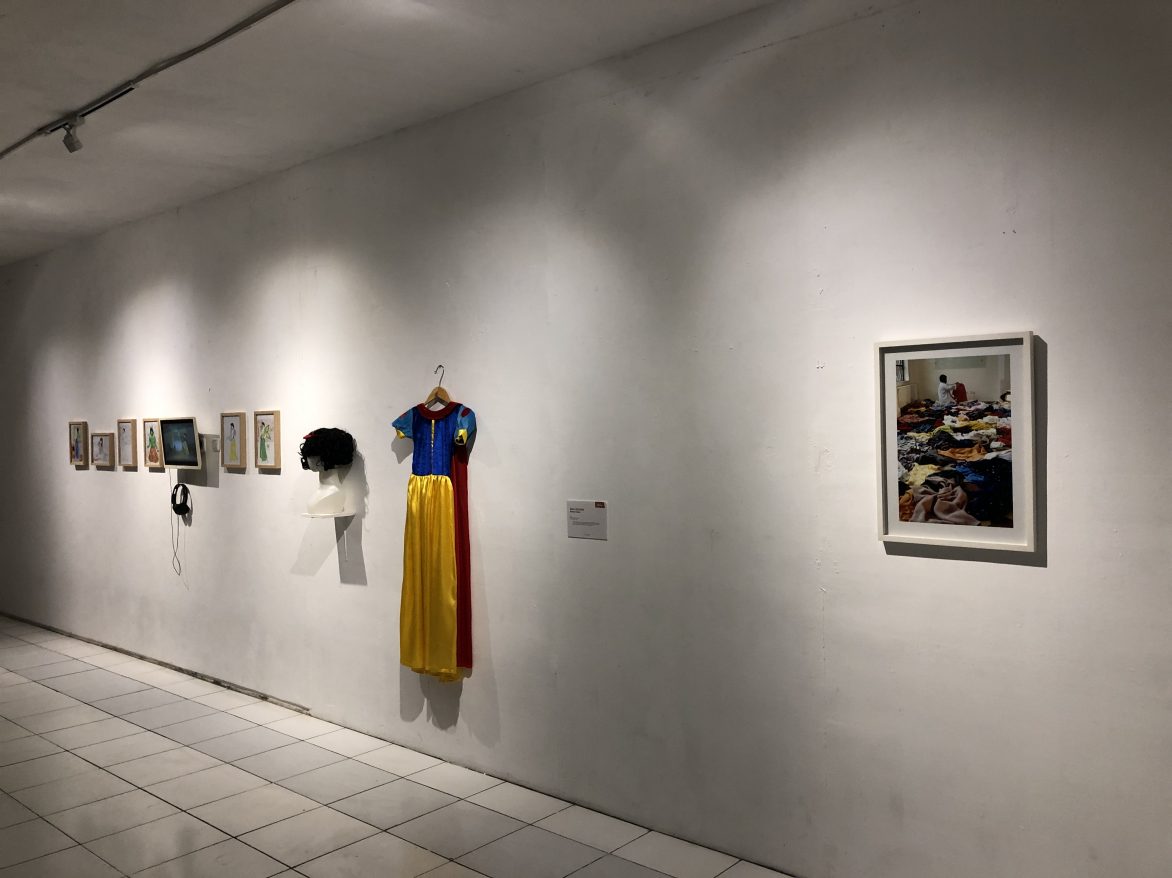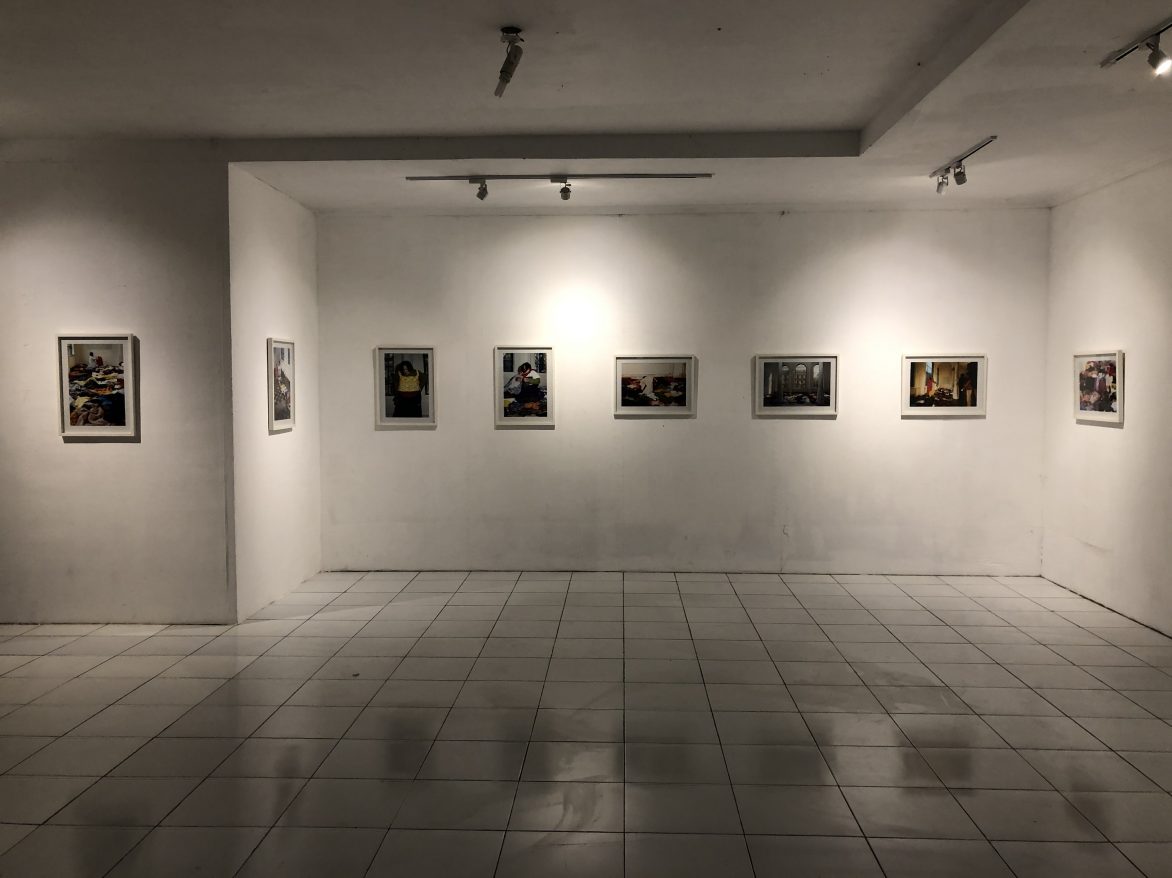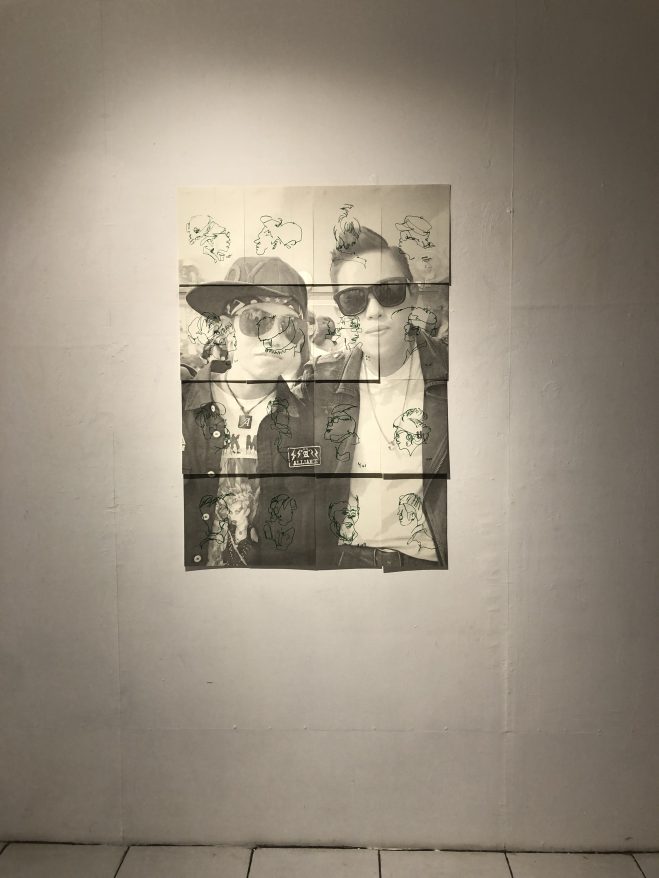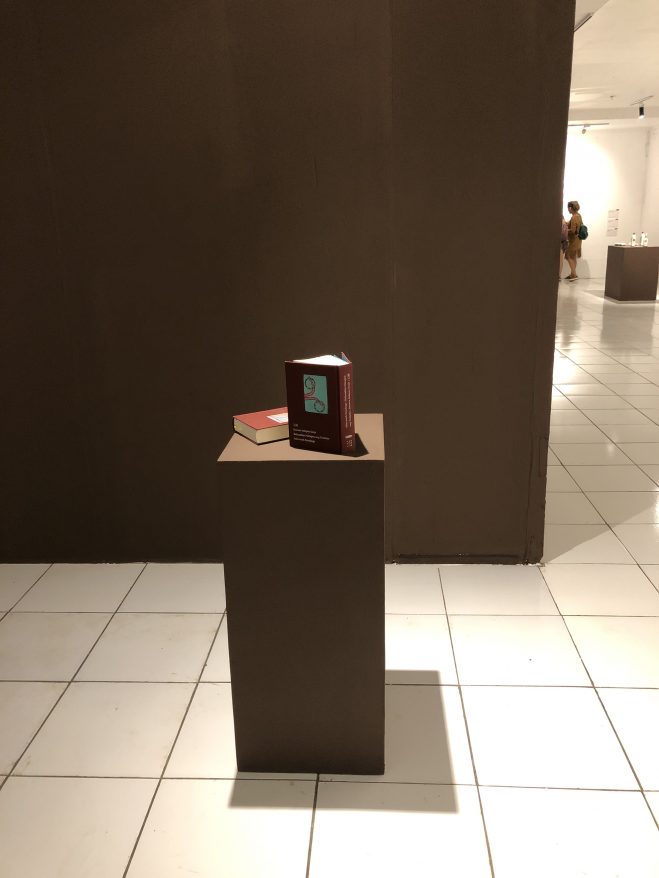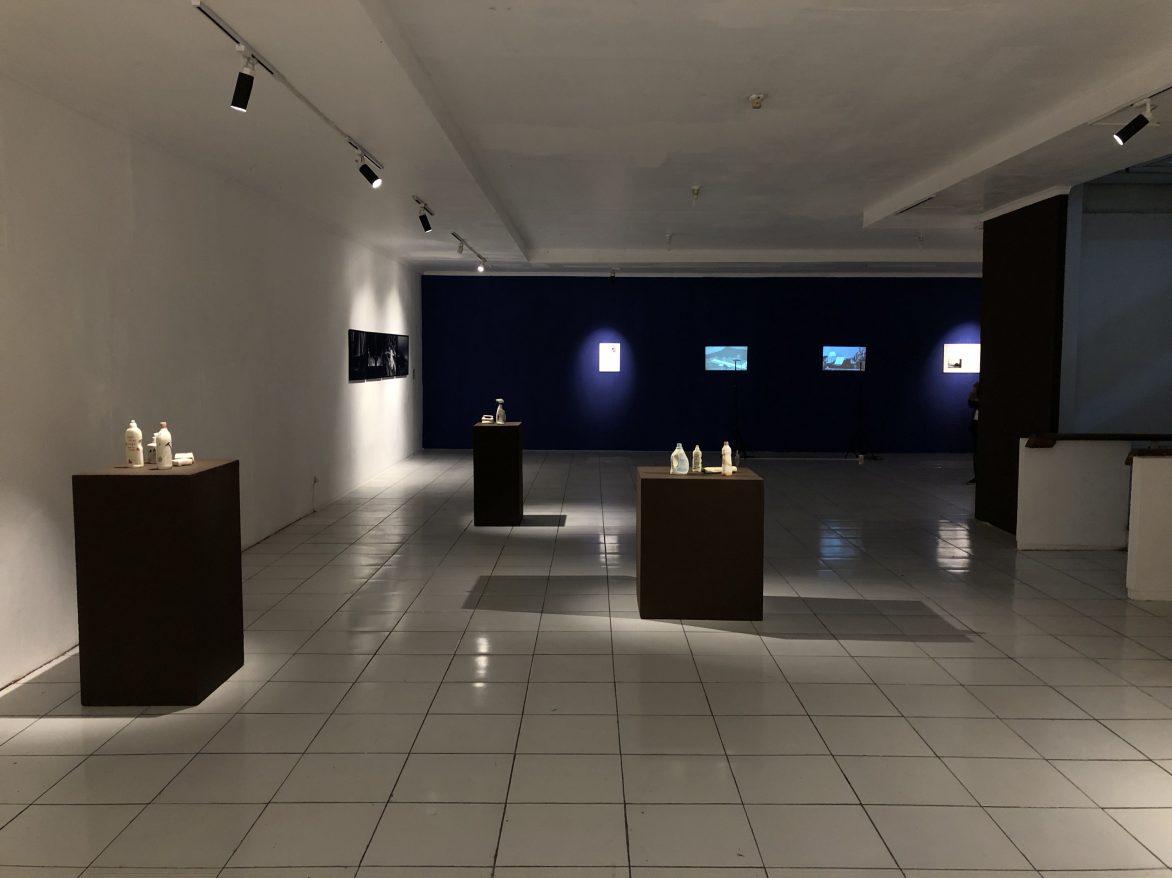
“Sea breeze, o sea breeze, wherever it goes, there are people singing.”
In their folk song Sea Breeze, Wutiaoren, a band from Haifeng (a town in the Chiuchow region — one of the main points of origin for the Chinese diaspora in South East Asia and beyond) sings about escaping home and following the sea breeze to go into the world—an aspiration shared by migrants all over the world. Among the islands of Southeast Asia and the coasts of southern China, the ocean currents have carried migrants from all directions, many of whom arrived to Hong Kong.
Para Site has responded to ’s invitation to realise a Hong Kong pavilion by turning this process of local representation around, tracing the various winds and waves of migration from which most Hongkongers or their families came. In this understanding, Hong Kong is primarily a diasporic city, unrooted and unstable as the wind, one point out of many on a fleeting constellation that saw waves of Chinese migrants going southwards for centuries, across the Shenzhen river into Hong Kong and across the sea to South East Asia, and waves of South East Asians going northwards in recent decades. These migrations, political turbulences, and economic flows fundamentally shaped Hong Kong and the regions around it, East and South East Asia, more intimately and deeply bound to each other than they often care to admit.
Sea Breeze is thus the interchange from artists from both Afterwork and From whence the waves came, two of Para Site’s earlier exhibitions that each examined Hong Kong’s communities of migrant domestic workers, refugees, and other migrants, reaching the city at different periods. In , stories of Hong Kong as a land of displacement are whispered along with careful scrutinies on the construct of class and race in the city and the highly polarised societies of Southeast Asia. Alongside these, stories of refugees from different generations reveal the landscape of Hong Kong to be tensely drawn upon notions of separation and connection, island and root. Several artists venture into the personal implications of the presence of domestic workers in households, the public sphere, and the artists’ lives. Stories of empowerment and resistance are interspersed with songs of personal desires and dreams. Through this exercise of reflection and imagination, we hope to help redefine what it means to be a Hongkonger and who is entitled to speak for Hong Kong.
is curated by (2016) was curated by , and (2018) was curated by .





